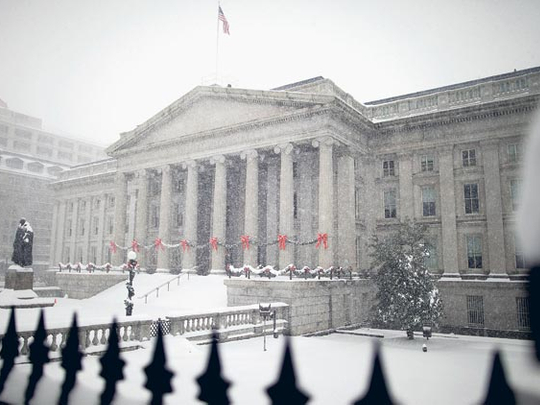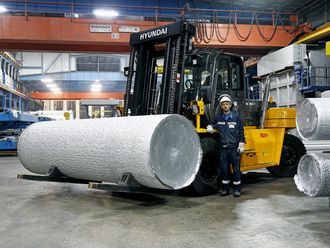
If you were to stop the average man on the street to ask about the Treasury yield curve, he'd probably look at you with a blank stare.
"What's a yield curve and why should I care about it?" our passer-by might say.
I'm sure lots of people are wondering the same thing, now that the yield curve is garnering headlines.
The yield curve, or the "term structure of interest rates" in economists' parlance, is the pictorial representation of two points connected by a line.
Not any two points, mind you. One point is a short-term interest rate that is either pegged by the central bank (the federal funds rate) or influenced by it (the yield on the three-month Treasury bill). The other point is some long-term interest rate, the yield on the 10- or 30-year Treasury, whose price is determined by the marketplace.
What's so important about these two points?
Simple. These two points, in relationship to one another, succinctly describe the stance of monetary policy, an idea derived from the work of the late Swedish economist Knut Wicksell.
When short-term rates are below long-term rates, banks lend. That's why a steep yield curve is expansionary. It's a means to an end, the end being money and credit creation. The central bank provides the raw material in the form of bank reserves. Depository institutions do or don't do, in the present situation the rest.
When the yield curve is inverted, with short rates higher than long rates, bank lending screeches to a halt.
The current ultra-steep yield curve is reminiscent of the early 1990s. Back then, banks were saddled with what else? bad real estate loans. History repeats itself with increased frequency.
Courtesy of what was at the time an unheard-of low level for the funds rate (three per cent) and a vertical yield curve, banks bought boatloads of US government securities, which carry a zero risk-based capital weighting. The profit went right to the bottom line. Banks healed, then got back to the business of allocating capital to the private sector.
Taking longer
An inverted yield curve is one of the most reliable harbingers of recession. Yet when the curve inverted in 2006 and stayed through 2007, the protests went out: This time is different!
It wasn't different. It just took longer.
For all its allure, the yield curve isn't acting as a transmission mechanism just yet. That doesn't mean that it won't. When the financial system is impaired, it takes a steeper curve for a longer period of time to produce an expansion in money and credit — just as it did in the early 1990s.












